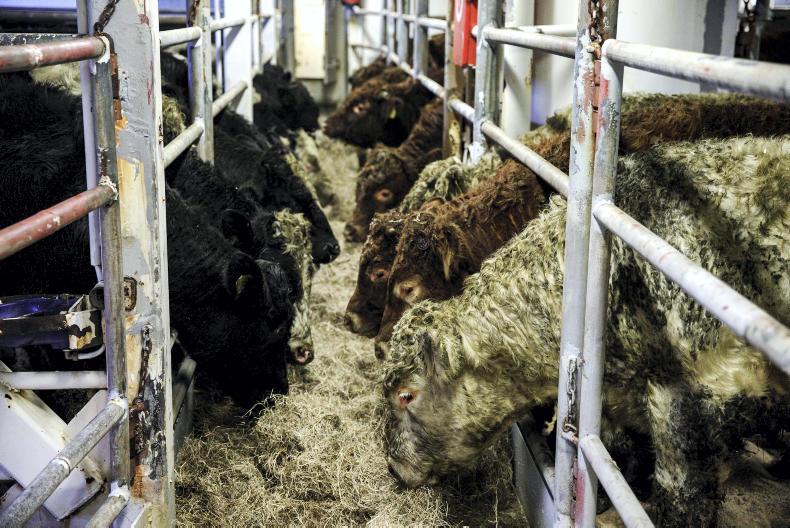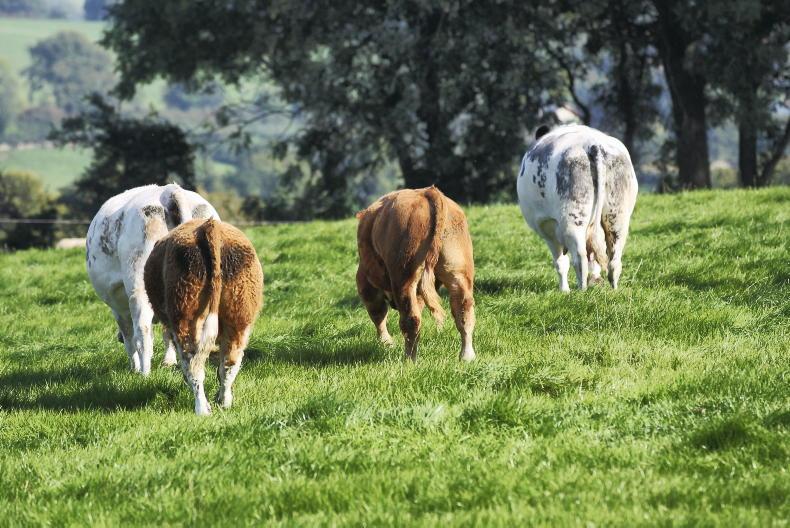A boat was loaded with bulls for Libya on Wednesday, in Cork, the first of 2020. The consignment of over 2,000 Friesians of 250kg to 600kg is being exported by Curzon Livestock.
The Libyan buyers travelled to Ireland to watch loading.
The operation was, as usual, overseen by Department of Agriculture officials.
Irish exporters are watching to see if Turkish authorities will resume issuing licences for live cattle import
Curzon Livestock is hopeful of further orders.
Separately, a number of Turkish cattle buyers were also in Ireland in recent days.
Irish exporters are watching to see if Turkish authorities will resume issuing licences for live cattle import.
They stopped issuing licences last autumn, judging the market fully supplied, but indicated this could be reviewed early in 2020.
Demand
Irish exporters suggest it will be some weeks yet – possibly March – before new licences are issued. Demand for imported bulls will increase from midsummer onwards.
However, Irish cattle may be exported to Turkey before then as there are some existing licences held by EU livestock traders, which Irish exporters have in the past helped fill.
Attention will switch to Algeria in the coming days. The Department of Agriculture is to lead an Irish trade delegation there for discussions on livestock and other exports.
Senior Bord Bia officials and a number of exporters will take part.
Next week, the Irish delegation hopes to make progress on an export cert for slaughter weight bulls
The trip was to be led by Minister for Agriculture Michael Creed but his plans were changed by the upcoming general election.
Last autumn, the Irish and Algerian authorities agreed a health certificate covering export of feeder bulls. Some 250 young bulls were subsequently exported there.
Next week, the Irish delegation hopes to make progress on an export cert for slaughter weight bulls. Some exporters expect more significant orders could be won for heavier stock. Bull finishers would welcome any additional markets. Algeria imports up to 100,000 live cattle each year.









SHARING OPTIONS